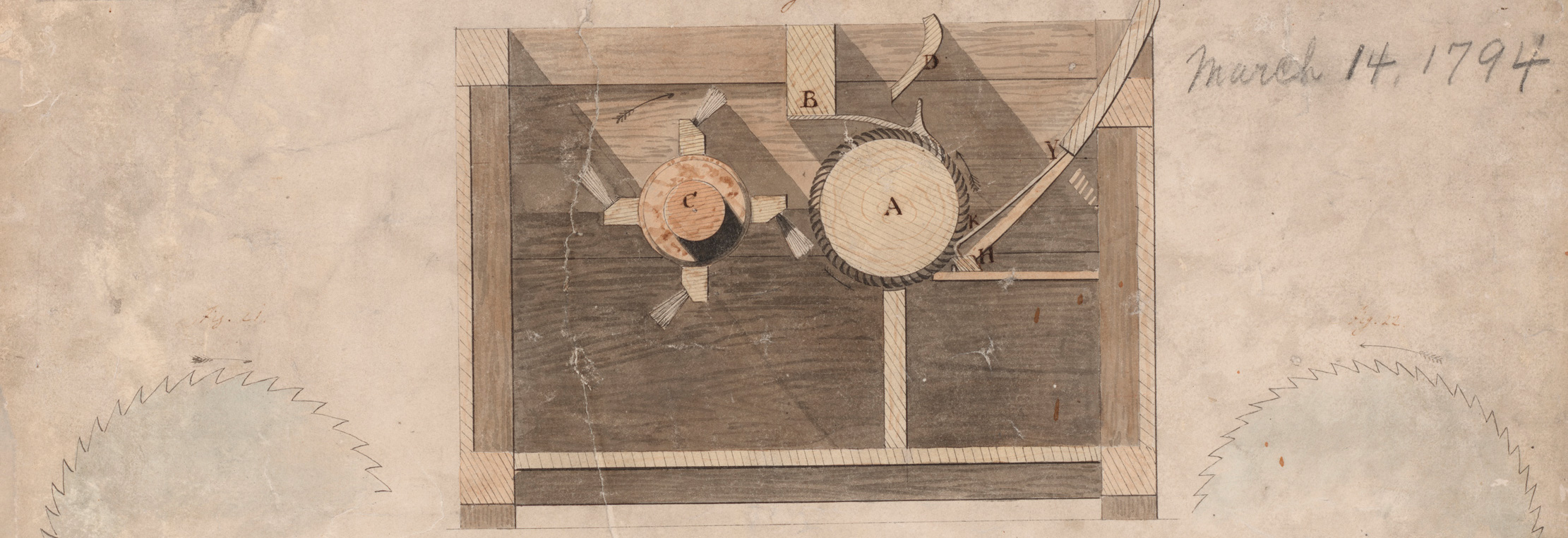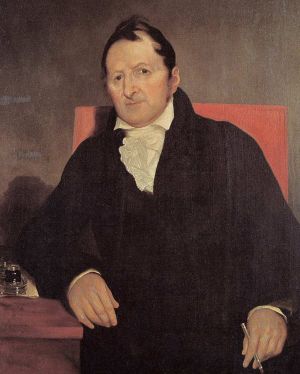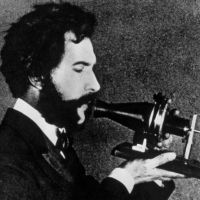Primary Source
Description of picking cotton and taking it to the cotton gin, from Twelve Years a Slave: Narrative of Solomon Northup, a Citizen of New-York, Kidnapped in Washington City in 1841, and Rescued in 1853.
The hands are required to be in the cotton field as soon as it is light in the morning, and, with the exception of ten or fifteen minutes, which is given them at noon to swallow their allowance of cold bacon, they are not permitted to be a moment idle until it is too dark to see, and when the moon is full, they often times labor till the middle of the night. They do not dare to stop even at dinner time, nor return to the quarters, however late it be until the order to halt is given by the driver. The day's work over in the field, the baskets are "toted," or in other words, carried to the gin-house, where the cotton is weighed. No matter how fatigued and weary he may be -- no matter how much he longs for sleep and rest -- a slave never approaches the gin-house with his basket of cotton but with fear. If it falls short in weight -- if he has not performed the full task appointed of him, he knows that he must suffer. And if he has exceeded it by ten or twenty pounds, in all probability his master will measure the next day's task accordingly. So, whether he has too little or too much, his approach to the gin-house is always with fear and trembling.








